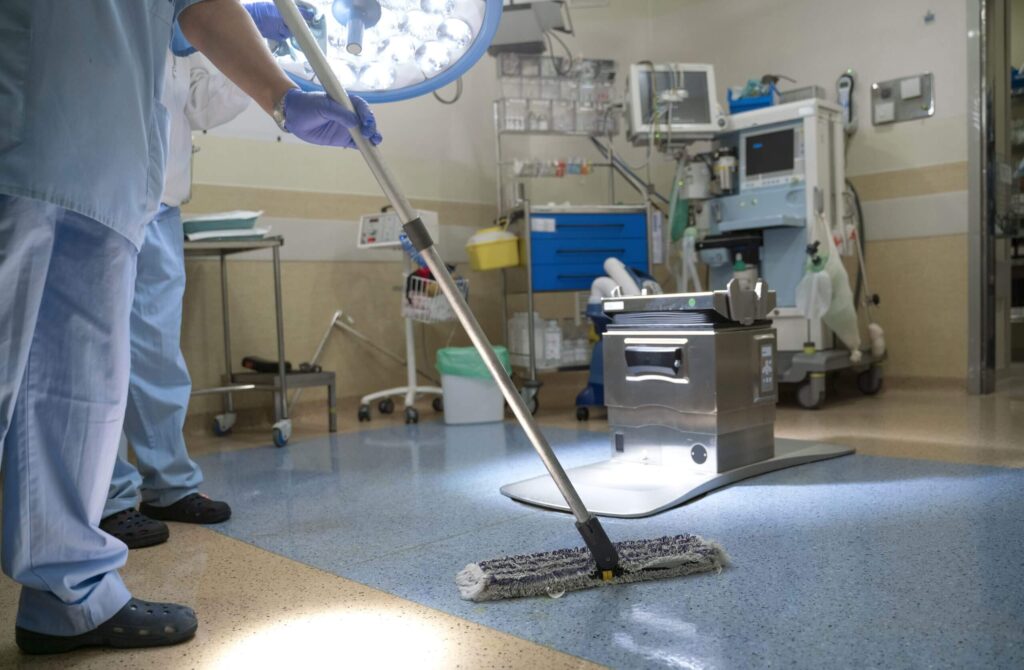Calls for Ukraine
Calls for Europe
Calls for USA

A new study published in the American Journal of Infection Control compares the cleanliness of hospital rooms using standard disinfectant wipes and wipes with a colored additive that allows you to see which surfaces have been disinfected. With the colored additive, the rooms were 69.2% cleaner and took slightly less time to clean than with the standard wipes. The study was conducted at Griffin Hospital in Derby, Connecticut.
Proper disinfection of hospital rooms helps prevent the transmission of germs from one patient to another. Hospital infections pose a significant risk to patients, and contaminated surfaces in hospitals can be linked to many of these infections. For example, one study showed that a patient was nearly 6 times more likely to contract an infection if he or she was in the bed of a previous patient with the same infection. Many previous studies have shown that despite considerable effort and attention, hospital rooms are simply not as clean as they need to be to prevent hospital infections.
In this study, physicians tested the results of sanitizing hospital rooms in two ways. First, they assessed the status quo over a one-week period: sanitation staff used ordinary disinfectant wipes to clean surfaces in 10 randomly selected rooms. They were then trained to use wipes with a colored additive that stains surfaces blue during cleaning, but becomes transparent after a few minutes when force and friction are applied. This creates a strong visual cue to help users see how effectively the cleaning was done.
The sanitation staff then cleaned 10 more randomly selected rooms over the course of a week using the color-added wipes. During both periods, co-workers from another department collected samples for microorganisms from 10 surfaces frequently touched by people before and after the rooms were sanitized. These surfaces included sink handles, bed rails, call panels, light switches, telephones, toilet seats, etc. In addition, the duration of room cleaning was recorded to determine if the color additive affected the duration of the cleaning process.
The results clearly demonstrated the effectiveness of the color additive. In both weeks of the study, 92% of the surfaces tested were found to have microbial colonies before cleaning. After disinfection, in rooms cleaned with standard wipes, microbes were still present on 60% of surfaces, while in rooms cleaned with the color additive, they were reduced to 31% of surfaces, a improvement of 48%.
A deeper analysis of the microorganisms remaining after cleaning showed that the rooms were 69.2% cleaner with the color additive than with standard wipes. The color additive also slightly reduced cleaning time, from 39.1 minutes to 36.8 minutes.
“Our study is the first to evaluate hospital cleaning with colored additives based on microbial contamination parameters and the first to measure the impact on cleaning time,” said Olayinka Oremade, M.D., M.P.H., an infection control specialist at Griffin Hospital and lead author of the study. “Taken together, our results show that a simple visual cue significantly improves ward cleanliness and appears to allow for more efficient housekeeping.”
Please rate the work of MedTour
